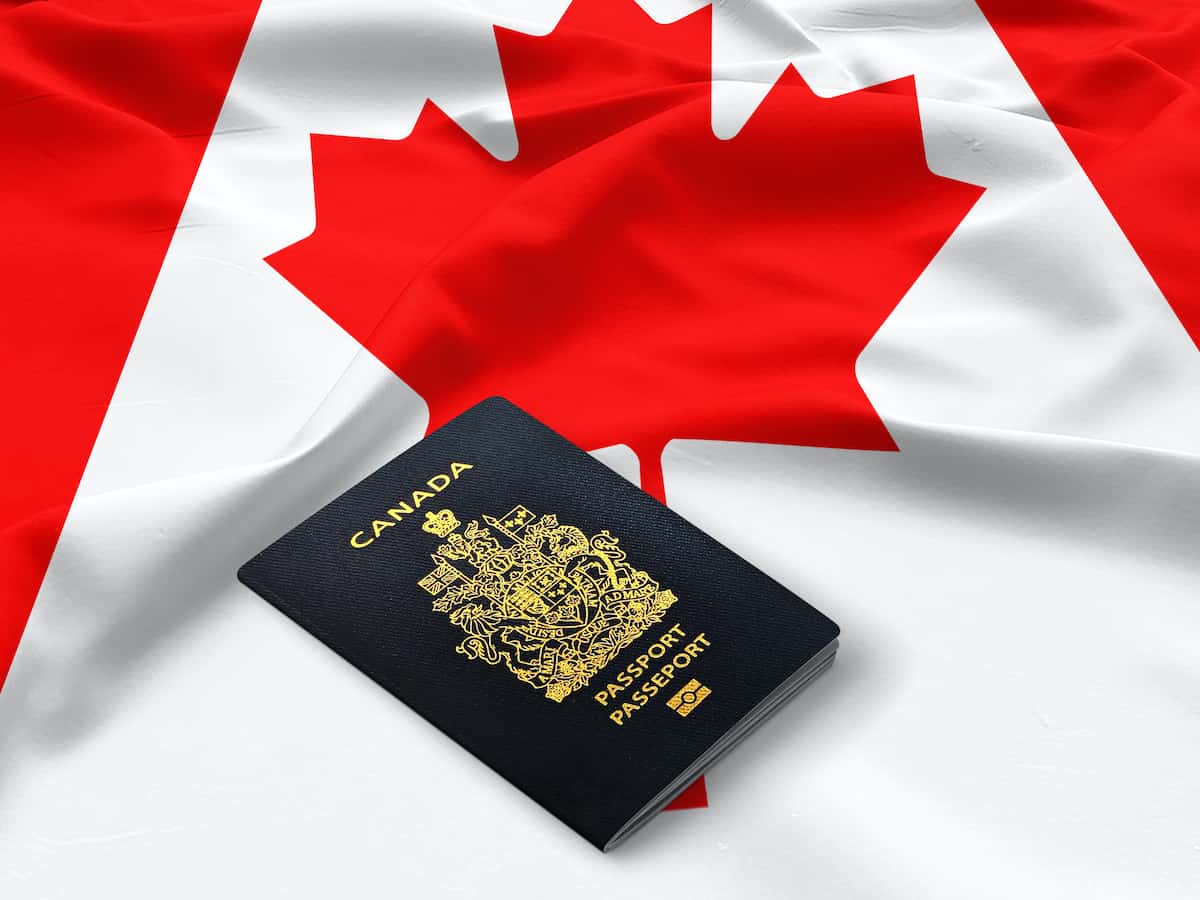
Schengen Migration Guide – Laws & Rules, Requirements
Suppose you want to get a Schengen migration visa; the first thing you need is a Schengen migration guide. Your short-stay visa does not grant you automatic access to the Schengen area. You may be required to provide information on your sources of support, how long you expect to stay in the Schengen States, and why you are visiting the Schengen State at the border or during additional controls.
Such checks may result in the visa holder’s entry to the Schengen States or the Schengen area being denied. As a result, it is recommended that you bring duplicates of the documents you supplied while applying for the visa. It will help to streamline the border control process and reduce border delays. Let us provide you with the Schengen migration guide about visa types, rules, regulations, procedures, and requirements.
Schengen Migration Visa Type
A Schengen visa obtained from any Schengen Area member country entitles the holder to free travel across the Schengen Zone, including among European Union Schengen members and EFTA Schengen members, subject to the visa’s validity and term restrictions.
There are varying Schengen migration guidelines and restrictions that apply to each visa depending on the type of visa issued by a specific embassy/consulate of each Schengen country, the nature of the trip, and other relevant factors.
Uniform Schengen Visas (USV)
The Uniform Schengen Visa is a visa that allows you to transit or stay in the Schengen Area for up to 90 days every six months, starting on the day of entry. The Uniform Schengen Visa applies to all of the two categories, “A” and “C,” depending on the purpose of travel.
The “A” category refers to the Airport Transit Visa, which permits its holder to travel through the Schengen country airport’s international zone without entering the Schengen Area. Citizens traveling from one non-Schengen country to another non-Schengen country via a change of planes in a Schengen country airport must get an airport transit visa.
The “C” category refers to a short-term visa that allows its holder to stay in the Schengen Area for a set amount of time, depending on the validity of the visa. This category can be obtained in the following forms, depending on the holder’s travel purpose:
- Single-entry visa,
- Double-entry visa and
- Multiple-entry visa
Tourism
One of the most well-known reasons for visiting the Schengen Zone is tourism. People who intend to travel to any of the nations in this territory for sightseeing and learning about their culture, architecture, gastronomy, and other aspects of life should indicate this in their application form. They can also get a Schengen migration guide from us to survive on the trip.
Visiting Family or Friends
Persons who wish to visit family or friends legally residing in the Schengen area can apply for this visa. This visa has some unique requirements that the applicant must meet for the application to be approved, such as a letter of invitation.
Business
Many people travel to and from the Schengen nations regularly for business. The advantages of applying for such a visa are numerous, including obtaining a faster appointment during the peak season for visa applications when many individuals are using.
Medical Reasons
If you are heading to any of the Schengen member states for medical treatment, you should check the box “medical reasons” on your application form. This visa allows patients to receive medical treatment at any medical clinic or hospital in the United States for three months within 180 days.
Students
Students and learners who intend to attend any form of educational institution, such as university courses, language courses, and other courses, for a duration of fewer than three months can apply for a Schengen study visa. Anyone who has to take an admission exam for a school or university in the Schengen Area should check this visa purpose.
Cultural, Sports, and Film Crews
A visa is created for those residing outside of the Schengen area who want to go to Europe for a Cultural, Sports, or Religious Event and a film crew. For example, a musician at a performance or a writer showing their book at a book fair.
Documents Required by Schengen Migration Visa Type
Schengen migration guide includes required documents list:
General Required Documents
- Form for obtaining a visa. Completed and signed form.
- Two photographs taken recently must provide.
- A valid passport is required.
- English proficiency test is required.
- Itinerary or reservation for a round trip.
- Policy for travel insurance.
- Proof of lodging is required.
- The financial proof is required.
- Proof of payment of the visa fee.
Tourism
The following documents are required to obtain a Schengen migration guide for tourism purposes:
- Statement from the bank. Ideally, for the last six months.
- Affidavit of Support: If you don’t have a bank account or don’t have enough money to cover your expenses during your trip. You’ll need your visiting friends or relatives to sign a “formal affidavit of support” at the local equivalent office. Make sure you have the original papers when applying for a visa.
- Itinerary for travel: The applicant’s trip description, the purpose of travel, time frame, and any personal dates put down in a letter, as well as hotel reservations or an official invitation letter from a Schengen country resident.
Document Required to Visit Relatives or Friends
The following documents are required to obtain a Schengen migration visa guide to visit relatives or friends:
- Affidavit of Support (Affidavit of Support).
- Itinerary for travel
- Mean of Subsistence: If the applicant declares that they will cover all travel expenses, proof of financial status is required; otherwise, a legal document issued by the competent authorities to a resident of a Schengen nation (in this case, the friend/relative) is required if the applicant’s fees will be reimbursed by a relative or friend.
- Invitation letter: From a member of your family or an acquaintance who resides in a Schengen country. If the applicant is footing the costs on their own, the names, addresses, and copies of relatives’ and friends’ passports will suffice. If the friend or family is not a citizen of this Schengen country, a copy of their residency permit will be sought.
Document Required for Medical visa
If you want to obtain a Schengen Medical Visa, you will need the following documents:
- A letter from a doctor, clinic, or hospital in the visa applicant’s home country stating that they need medical care.
- The treatment/appointment is officially confirmed by the receiving medical institution (hospital/clinic) in the EU.
- The financial proof is required. Evidence that the applicant has the financial resources to cover all medical and related costs during their treatment. One of the following is a possibility:
- Statements from the bank.
- Sponsorship letter + the sponsor’s bank statements
- Proof of treatment payments in advance and a bank statement for other associated costs.
- A verbal note from the applicant’s home country’s Ministry of Health stating that the applicant’s home country’s relevant government is willing to fund his medical treatment costs.
Document Required for Participating in Cultural, Sports, or Religious Events
The following documents are necessary to obtain a Schengen migration visa guide for cultural, sporting, or religious events:
- Information about the event. Invitation letters, admission tickets, enrollment conditions, a complete program, and other documents containing pertinent information about the event are examples.
- Proof of previous achievements. Previous participation in cultural and religious festivals and ceremonies, athletic events, winners’ diplomas, and proof of world/international ranking (sports).
Laws & Rules
Schengen migration guide includes some rules and laws that are mentioned below:
Visa Validity
Visa validity refers to the length of time you can enter and stay in the Schengen Area using your visa. For example, your visa allows you to stay for ten days, yet the validity of your visa is from January 1 to January 20. You are free to enter the Schengen Zone at any time throughout this period in this case.
For example, you can arrive on 3 January and depart on 12 January. On the other hand, even if you arrive on the 15th of January, you must depart on the 20th, despite not spending the maximum number of days allowed.
Visa Policies
Without a common visa policy that simplifies the entry of permitted visitors into the EU while also boosting internal security, the borderless Schengen Area cannot function properly. The EU has created a standard visa policy for transit through or intended stays of no more than 90 days in any 180 days in the territory of a Schengen State, as well as transit through international transit areas of Schengen States’ airports.
Conclusion
While assisting a customer with a visa, Fly High examines their entire profile for the Schengen migration guide, considers their accomplishments, and compares them to the conditions imposed by authorities. There has never been a better solution for a client who has to work while still getting comfortable than Fly High Abroad.















